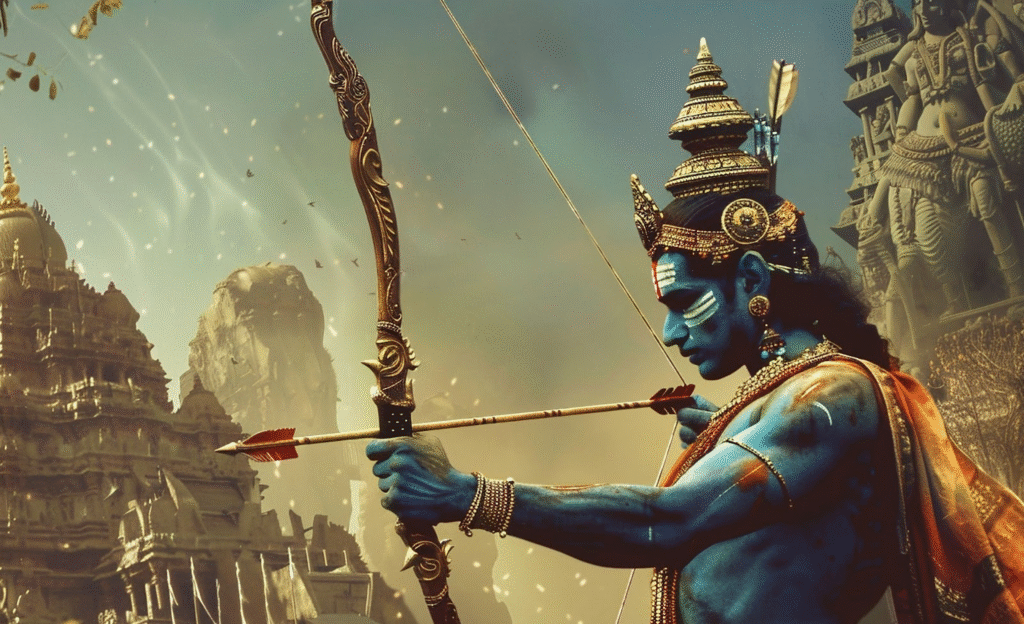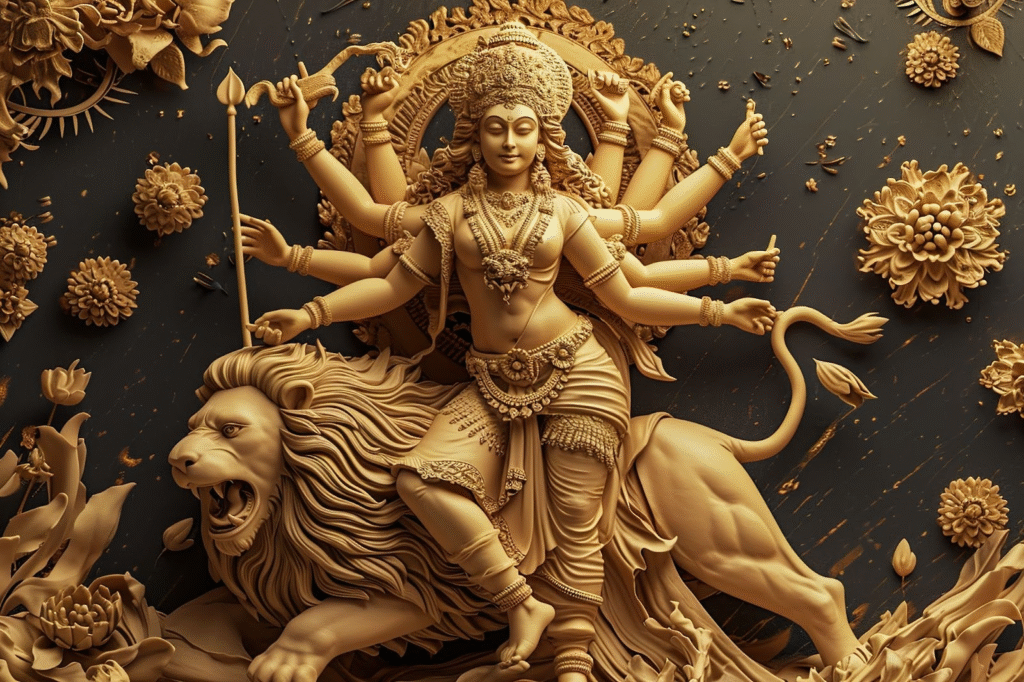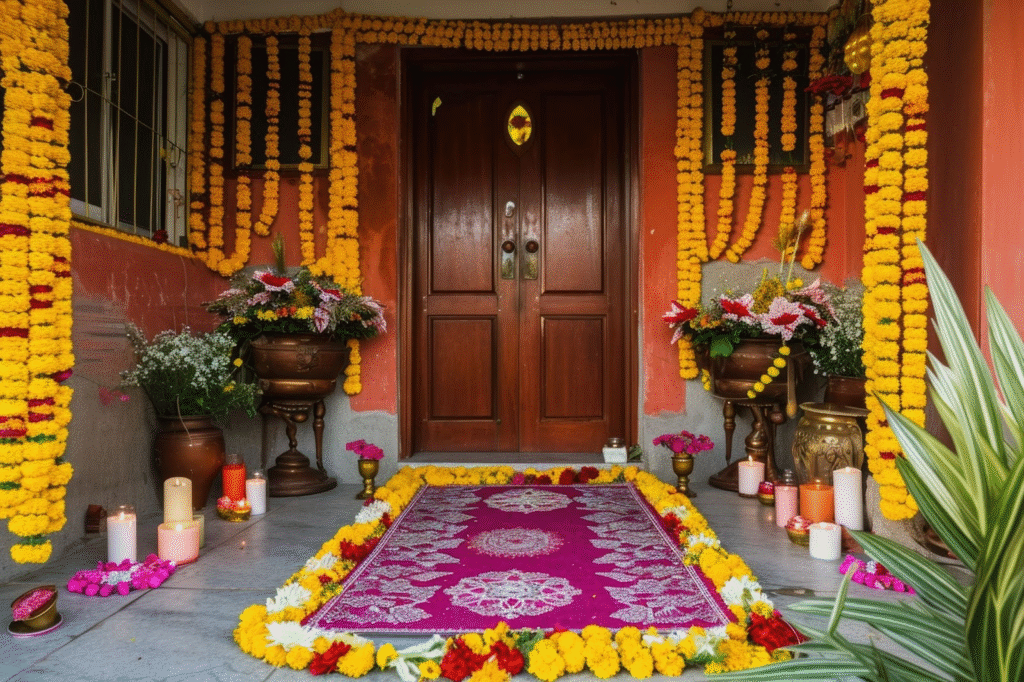Ever wondered why every October the air fills with the crackle of fireworks, the colors of festivities and stories of good triumphing over evil? That’s Dussehra (Dussehra 2025)! One of India’s most celebrated festivals that bridges the joy of Navaratri and the sparkle of Diwali.
But Dussehra 2025 is not just another date on the calendar. It’s a festival wrapped in centuries of legends, spiritual meaning and cultural traditions that continue to bind millions across the world – from India to the USA.
In this blog we will learn what makes this festival so powerful, why it’s named Vijayadashmi and why its story matters even today.
When is Dussehra in 2025?
The date of Dussehra changes every year because it follows the Hindu lunar calendar.
- In India, Dussehra 2025 will be celebrated on Thursday, October 2, 2025.
- In the USA and other countries, the celebration usually aligns with the Indian date, though local temples may adjust based on moon sighting and community events.
Why is it called Dussehra or Vijayadashmi?
The word Dussehra comes from two Sanskrit words: Dash(ten) and Hara (defeat). It symbolizes the victory of Lord Rama over the-headed demon king Ravana, ending his reign of terror.

It’s also known as Vijayadasmi, which literally means “the tenth day of victory”. This day marks the grand finale of Navaratri, where Goddess Durga’s triumph over Mahishasura, the buffalo demon is celebrated. Two different legends, one common theme – good always defeats evil.

Dussehra’s Connection with Navaratri
If Navaratri is the nine-night spiritual build-up, then Dussehra is the climatic curtain call.
During Navaratri, devotees worship nine forms of Goddess Durga, symbolizing power, purity and protection.
On the tenth day, Dussehra the energy transforms into celebration – the destruction of negativity, ego and darkness.
Think of it as the grand finale where prayers, fasting and devotion culminate in victory and joy.
How Dussehra Links to Diwali
Just 20 days after Dussehra, India bursts into lights and diyas for Diwali. Why?
Because the victory of Rama over Ravana doesn’t end with the war – after winning, Rama returns to Ayodhya with Sita and Lakshman and the people welcome him with lamps, which we now celebrate as Diwali.
So, in a way:
- Navaratri = the preparation.
- Dussehra = the victory.
- Diwali = the homecoming and celebration of light.

A home decorated for Diwali Celebration
Cultural Traditions of Dussehra 2025
- Ramlila Performances: The dramatic retelling of the Ramayana, ending with the burning of Ravana’s effigy.
- Effigy Burning: Huge effigies of Ravana, Meghnath and Kumbhakaran are set aflame, symbolizing the destruction of evil.
- Prayers and Processions: Communities gather for rituals, dances and fairs.
- Global Celebrations: From India to the USA, temples and Indian communities keep the tradition alive.
Why Dussehra Matter Today
Beyond the rituals and the fireworks, Dussehra is a reminder: no matter how strong negativity feels, it eventually falls. Whether it’s in our personal battles or societal challenges, truth, courage and goodness always win.
In Brief
Dussehra 2025 is not just a date to mark on the calendar. It’s a spiritual checkpoint – a festival that connects Navaratri’s devotion with Diwali’s radiance. Whether you are in India or celebrating Dussehra 2025 in the USA, the essence remains the same: celebrating the eternal victory of good over evil.
So this October, as the effigies of Ravana go up in flames, ask yourself – what negativity in your life are you ready to burn away?
Read more about festivals in India: Ganesh Chaturthi 2025: The Story, Celebrations and Modern Trends
